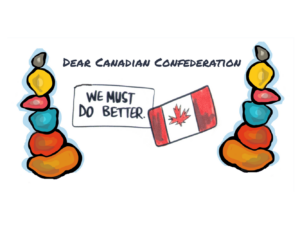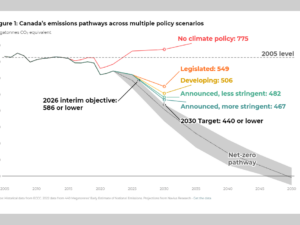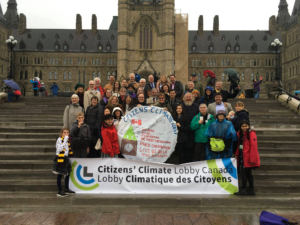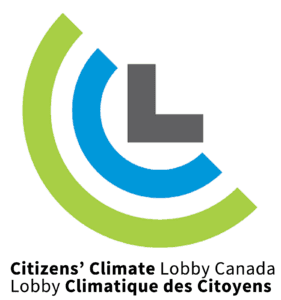In June 2018, the Greenhouse Gas Pollution Pricing Act (GGPPA) achieved Royal Assent and became law of the land in Canada. This policy is a form of Climate Income, and it came into force on April 1, 2019. Less than a year later, the world was in the COVID pandemic. In April, Canada released its 2023 National Inventory Report. Canada’s National Inventory Report lags two years behind the actual year. Thus, for the first time, we could determine the impacts of the GGPPA in the absence of the COVID lockdown. In 2021, Canada produced 670 million tonnes of carbon dioxide and its equivalents in methane, nitrous oxide, and synthetic gases as pandemic restrictions began to ease – 53 million tonnes less in emissions in 2021 than it did in 2019 — the year before the pandemic hit. The government report’s conclusions are in line with a similar report from the independent Canadian Climate Institute released in February 2023. Carbon pricing is the cornerstone policy of Canada’s climate plan and in 2018 was predicted to account for more than half of the reductions of greenhouse gases (see image on left). Thus, we can infer carbon pricing is having an effect in Canada. We know from plenty of studies that most Canadians come out ahead – especially the lower and middle-income Canadians who are currently being challenged by the inflation crisis like many around the world. All is not rosy. Canada’s GHG emissions are not falling fast enough to meet our 2030 commitments and there is a massive attack against carbon pricing in Canada. We must keep pushing. Canada’s Climate Income Policy Cuts GHGs
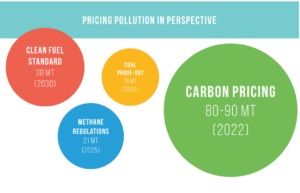
Of note, Austria enacted a similar carbon pricing policy called Klimabonus earlier this year and the German government has proposed a Klimageld and is committed to returning carbon pricing revenues too.


